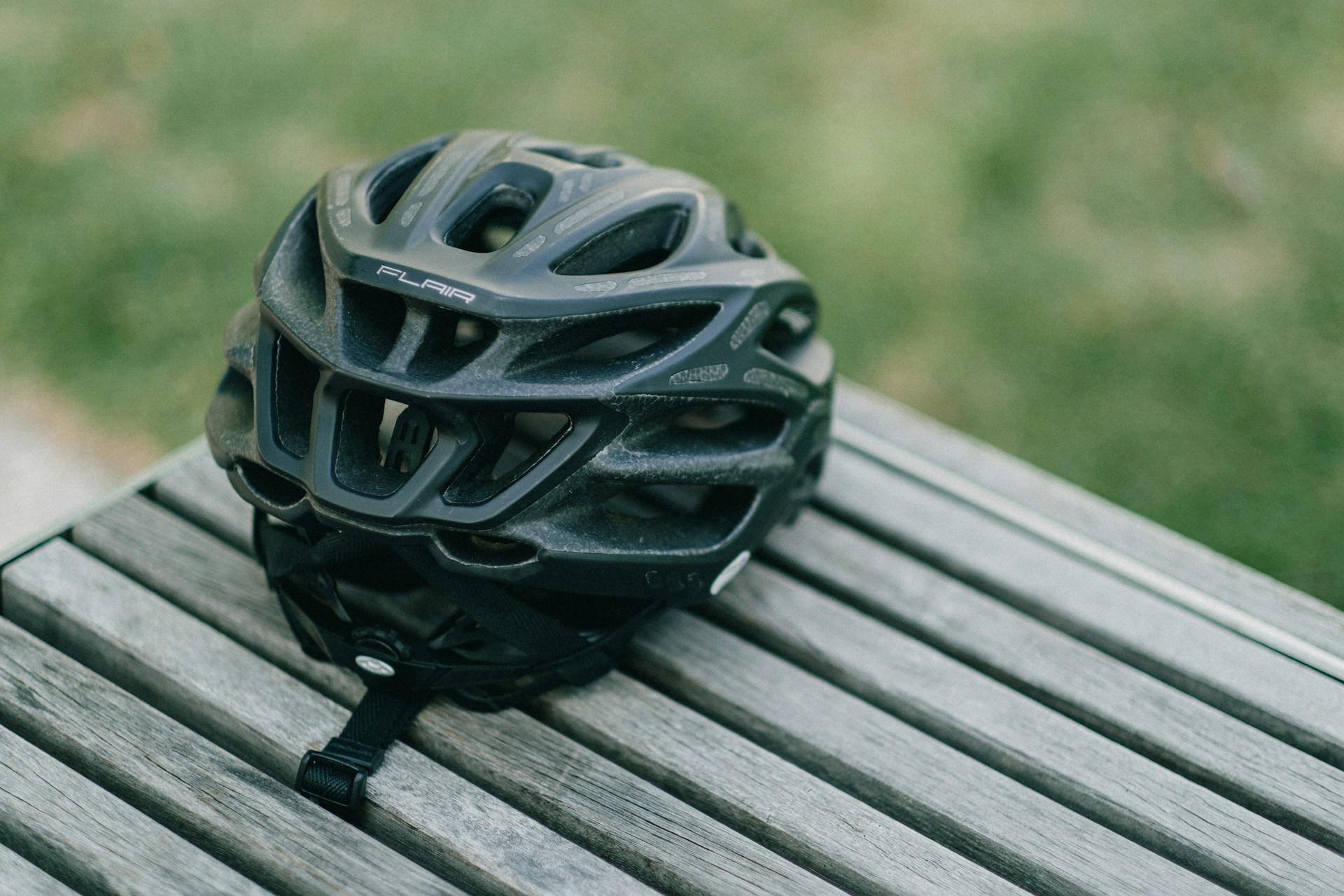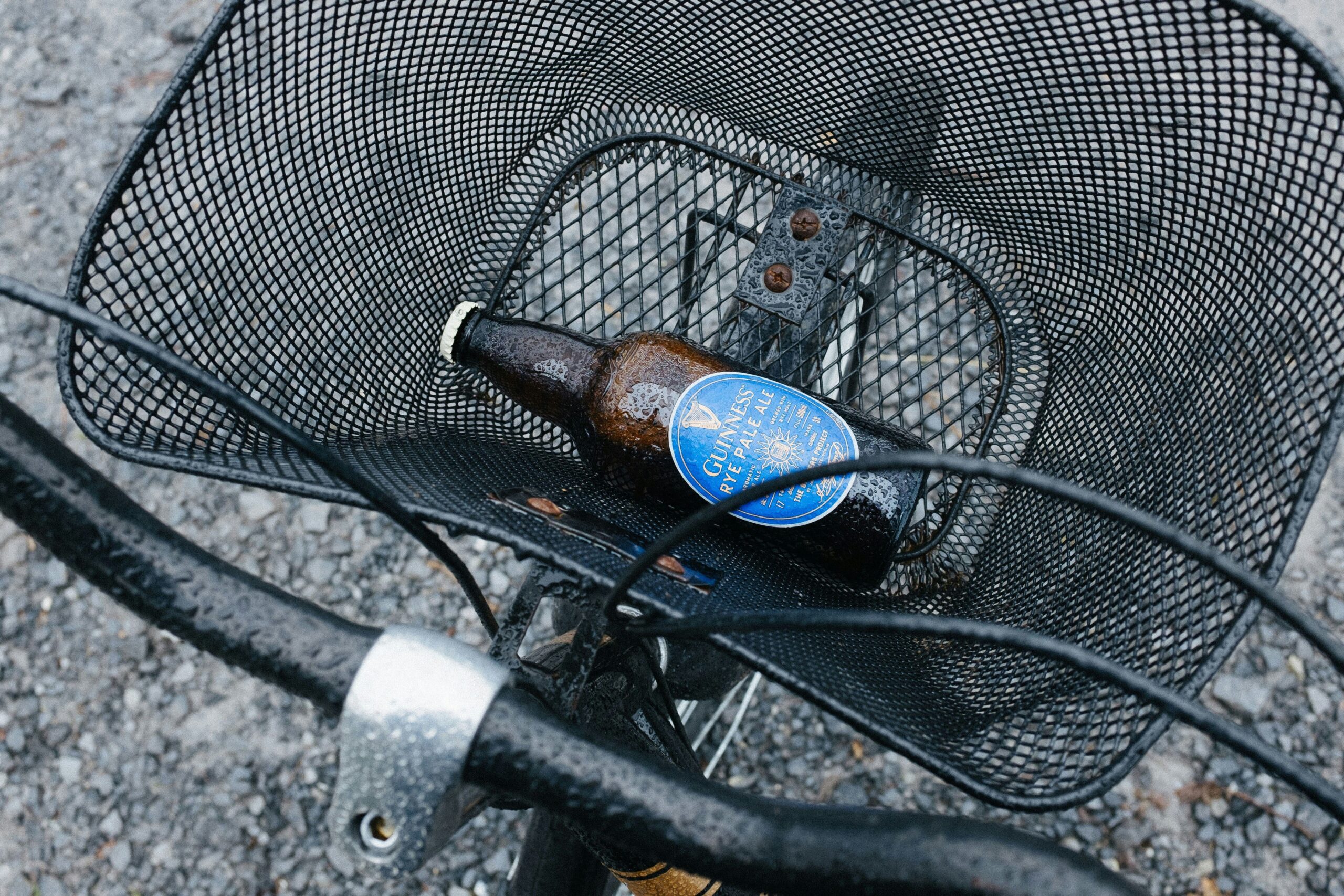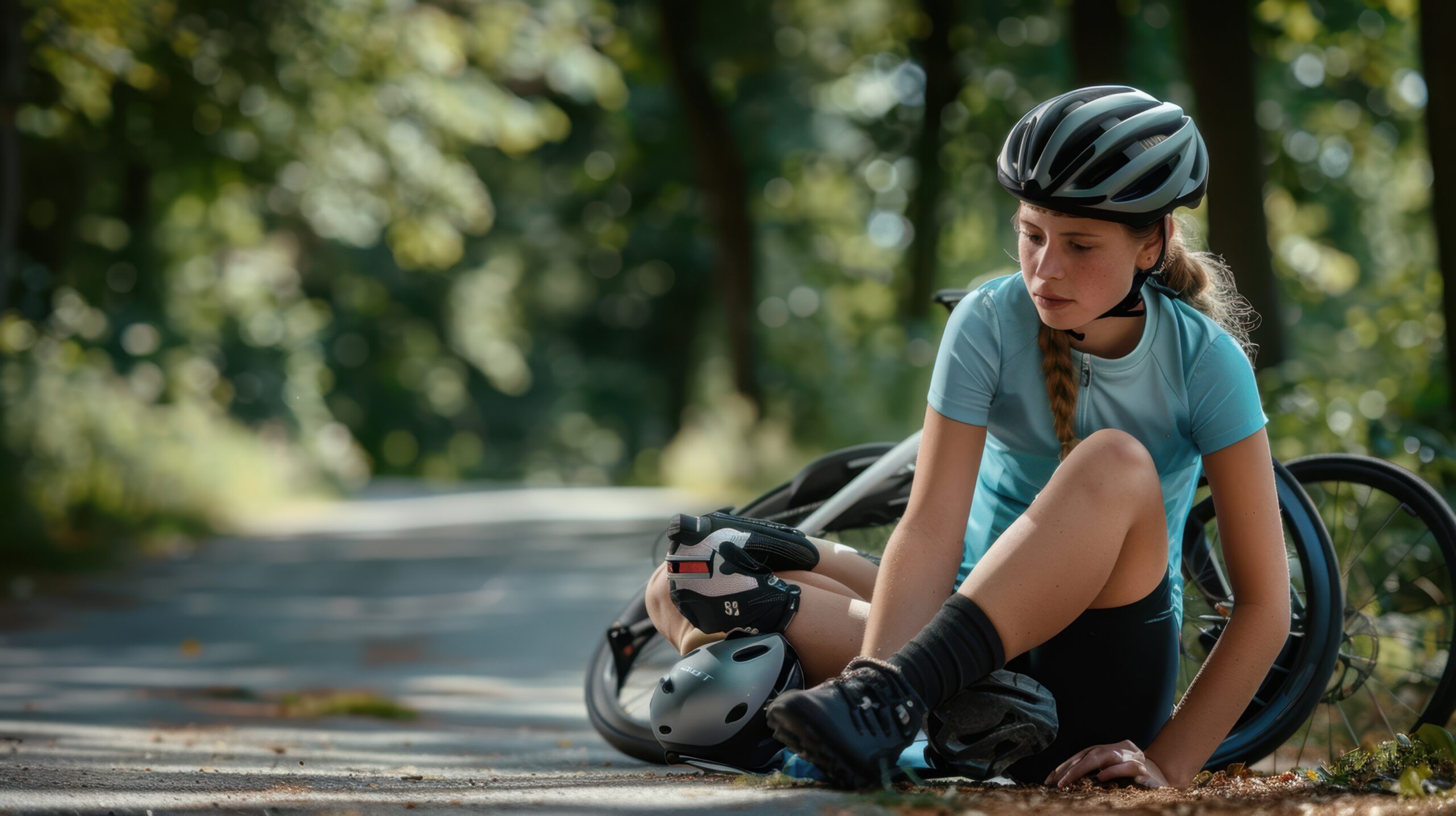Bicycles are a popular means of transportation across the United States for various reasons. While many riders enjoy the recreational benefits that cycling offers, others choose the activity to decrease city congestion. However, biking comes with a fair share of risks, especially if you fail to ensure your safety while sharing the street with other road users.
To enhance your safety when riding a bicycle, it is vital to use bike hand signals that alert other traffic participants about your upcoming movement shifts and changes. There aren’t many, but they will ensure a smoother and safer cycling experience every time you choose to explore the city.
Key Takeaways

- Bicycle hand signals are a form of communication between the traffic participants.
- Timely and precise hand gestures can help you avoid a serious crash resulting in painful injuries, financial losses, and emotional distress.
- There are eight signals to learn and put to use.
What Are Bike Hand Signals?
By raising or lowering one’s arm, a rider can alert fellow traffic users about their intentions and avoid creating a dangerous situation that can lead to serious injuries or even a fatal accident.
A cyclist cannot communicate a change of direction to other road users using unique signals or lights that bicycles come equipped with. Nor can they shout out to other drivers that they are about to change lanes or come to a halt. That is what universal hand signals are designed for.
Why Do Bicycle Hand Signals Matter?
According to the most recent bicycle accident statistics, over 1,000 cyclists died on American roads in 2022. That makes up almost 3% of all traffic fatalities in the country. While different underlying conditions may have led to an accident, the most critical incidents involve a motor vehicle.
A timely hand signal may, if not prevent a serious bicycle collision with a car, then at least reduce the chances of getting hit on the road. Moreover, basic bike hand signals are also vital because:
- They enhance the rider’s confidence and ensure a more controlled and pleasant experience.
- They increase mutual respect and persuade drivers that cyclists are law-obedient and responsible road users.
- They can decrease liability or the percentage of contribution should an accident take place.
- Finally, it is a rider’s legal responsibility to use bicycle hand signals.
United States Laws on Bicyclist Hand Signals
Although there isn’t a single federal law that outlines specific requirements when it comes to hand signals, all 50 states recognize this means of communication as universal and mandatory. Certain rules may differ from state to state.
For example, in California, bicyclists must use hand signals 100 feet before making a change in direction. In New York, state law outlines precise signals that are a must. At the same time, the Washington state legislature stresses how these signals should be given. In Texas, a cyclist may forego bike hand signals if they can compromise the rider’s safety.
Generally, the law regards hand signals as effective safety measures that can prevent serious harm. However, unlike in the case of motor vehicle drivers, it is pretty challenging to enforce and regulate cyclists’ compliance with these regulations. The states have to rely on individual responsibility and awareness of local bicyclists to use those signals. Not to mention that sometimes road communication fails, and only a skilled bicycle accident lawyer can protect your rights after a crash.
What Are the Most Used Bike Hand Signals?
Bike hand signals are one of the easiest and most reliable means to enhance your protection when navigating the bustling streets of the city. Most cyclists are familiar with the general notion of those signals but not to the point of using them in practice.
Every gesture that signifies a turn, an obstacle, or a full stop takes mere seconds to perform but can cause you a serious collision. Surely, not only the riders but also vehicle drivers must know how to read and decode those signals to avoid confusion and catastrophic accidents.
Left Turn

Since a bicycle does not have a separate blinker to point out the left turn, a cyclist must use their left arm instead. All it takes is to extend the arm horizontally to the left to alert the motorists about your intentions. It is advised to signal the turn about 100 feet before changing direction.
Right Turn (Option 1)

Similar to a left turn, when turning right, a bicyclist should reach their right arm out so that the drivers can react to the change in direction. The gesture is incredibly straightforward so that everyone can understand it.
Right Turn (Option 2)

There’s an alternative way to signal a right turn when riding a bike. When using this option, you have to bend your left arm at the elbow so that it makes a 90-degree angle. This is a more traditional variation, and it is aimed at cyclists who have better control of their right hand.
Stop

Once again, bicycles aren’t equipped with brake lights, and the only way to signal a stop is to use your hands. You have to bend the left arm down at a 90-degree angle with the hand open. Think of it as hitting the brakes but with your hand.
Slowing

You can use the same gesture for coming to a halt, or you can choose an alternative to show that you are about to slow down. Point either your left or right arm to the ground and wave a hand a little to indicate a slowdown.
You Can Overtake Me

If you can’t or don’t want to move faster or there is any other underlying reason why you may want to let other road users overtake you, you must tell them about it. All it takes is to lower your arm and make a movement gesture to invite fellow cyclists or motorists to overtake you.
Road Hazard

Bike hand signals aren’t solely about your safety. They are about politeness and respect for others. If you notice anything like potholes or other obstacles on the road, you can point it out with your hand. Just drop down your arm and point to the hazard.
Taking the Lane

When you plan to change the lane or take it because of an obstacle or any other reason, you should raise your hand, pointing to the left. However, don’t extend it the way you would signal a complete turn. You need to bend it slightly and pull the elbow somewhat backward.
Thanking

Showing gratitude or appreciation isn’t mandatory. However, such behavior goes a long way when it comes to reducing road aggression. A light wave of the hand or a simple thumbs-up is enough to thank other road participants.
How Do You Use Bike Signals to Stay Safe?
Learning signals will take a third of the road to safety. It definitely matters greatly that you are aware of the gestures you can make while riding across the streets of the city. However, it is vital to incorporate those signals into the routine. There are a few practical tips that will enhance your protection in the long run. For instance:
-
Plan, plan, plan
It may happen so that you decide on the route after you jump on your bike. However, it is nice to plan your journey so that you know about upcoming turns and can communicate those in time.
-
Scan the environment
As you extend your hand in the preferred direction, you should cast a quick look back to make sure that it is safe to turn. Such a double-check will attract the attention of drivers who otherwise could have missed the hand signal and cause the car vs bicycle accident.
-
Be confident
If you are not confident about your gestures, the other road users can’t be confident in your upcoming actions. That is why, when you signal the turn or the stop, you should make a convincing and clear gesture.
-
Stick to the three-second rule
It may be challenging to control your vehicle with one hand for an extended period. However, you can cut out three seconds to let your signal sink in and allow the drivers to register and react to it.
-
Make eye contact
You don’t want to rely on mere luck and assume that the traffic participants have anticipated your signal correctly. That is why we suggest that you make eye contact with vehicle operators, pedestrians, or other cyclists with whom you are trying to communicate.
Finally, you should always remember that there are always a few chapters to the story. Sometimes, negligent parties miss bicyclists’ signals, no matter how well-planned and clear they are. In case you get injured in an incident, you should always be able to assess your losses in full, and an online accident settlement calculator for cyclists will assist you with this. If you know the approximate worth of your claim, you will be able to claim the maximum settlement for the damages you’ve suffered and deflect lowball offers from insurers.
Conclusion
The laws of America refer to bike riders as legal road users who have to abide by all the rules and regulations that other vehicle operators do. However, unlike a car driver, you don’t have the additional protection that it provides. You must ensure your safety through your own actions, and hand signals are a vital part of it.
In case the unfortunate happens, and you’ve been hurt in a bike accident, contact us for a free case consultation, and we’ll come up with a legal backup plan that protects your rights and ensures the settlement you deserve!
Don’t miss the chance to get the compensation for your injuries. Start a FREE case evaluation now to know how much you can get!







